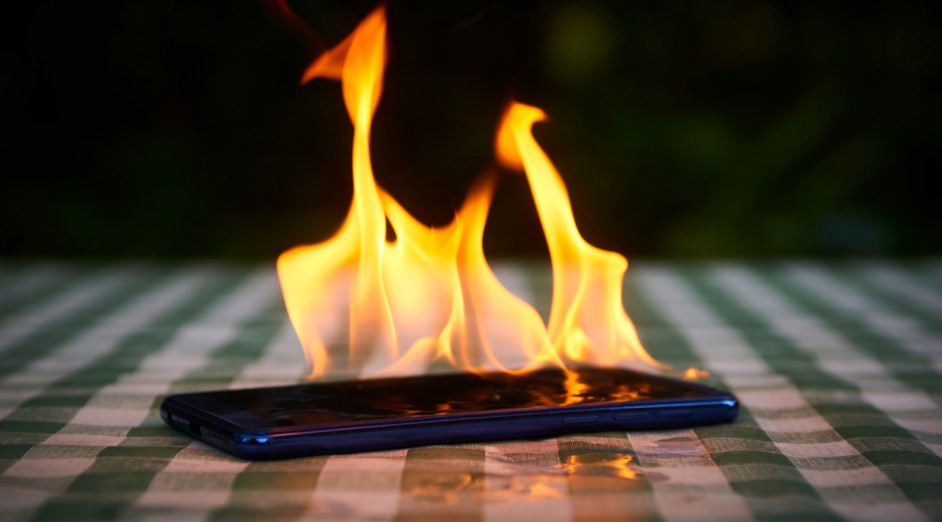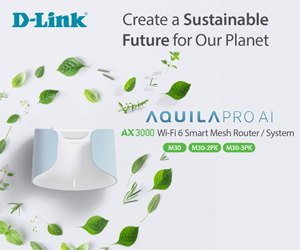Li-Ion is bad. It is the root cause of thousands of fires each year from portable battery banks, e-mobility and household appliances.
That is why CyberShack will no longer review Li-Ion battery banks, and when it is used on computing or home appliances, we look very carefully at the safety aspects. LiFeP04 (Lithium Iron Phosphate) is the safest, followed quite a way behind by Li-Po (Lithium-Polymer pouch) and Li-Ion (Lithium-Ion).
Why is Li-Ion (Lithium-Ion) unsafe?
It is used as it is the most energy-dense chemistry. Li-Ion electrolyte has a high risk of overheating, thermal runaway, and toxic gas, especially as it gets older or damaged. It is usually put into a battery resembling an oversized AA cell.
A new Si/C (Silicon Carbide) anode allows Li-Ion batteries to increase energy density by 20-30% without an increase in size. This is a little safer as it generates less heat during charging and operation, but it is still a Li-Ion battery.
Li-Po is also still Li-Ion, but in a more liquid gel form contained in a pouch that can be custom-made to fit inside phones and laptops. It is a little safer but suffers the same issues.
Why isn’t everyone using LiFeP04?
Equivalent mAh LifePO4 batteries take up at least 25% more space and weight. It is also more expensive. These can have higher tolerance to physical damage, have a very low incidence of thermal runaway and a far longer full charge life cycle. They are generally made in cells.
In May, local company Laser Co. launched ChargeCore SafeCharge Max power banks use LiFePO4 for safety. We want to say these took off ‘like a house on fire’ or ‘Sold faster than hot cakes’, but colloquialisms are wrong when referring to the safety of LiFePO4.
- 20,000mAh – RRP $69.95 – available in Black Titanium and White Titanium
- 10,000mAh – RRP $49.95 – available in Black Titanium, White Titanium, Aquatic Awe, Sunset Coral
- 5,000mAh – RRP $29.95 – available in Black Titanium, White Titanium, Aquatic Awe, Sunset Coral
| Feature | LiFePO₄ (Lithium-Phosphate) | Lithium-ion | Lithium-Polymer |
| Cycle Life (Battery Lifespan) | 2,000–5,000 cycles for long life | 500–1,000 cycles | 300–500 cycles |
| Safety (Overheating Risk) | Very safe, low risk | High risk of overheating | Slightly safer as the pouch has a larger surface area. May swell if damaged |
| Operating Temperature (Usable Temperature Range) | Wide range Highly resilient | Tight (0°C to 45°C) | Moderate, can be affected by heat |
| Best for Power Banks (Use Case) | Long-lasting, reliable choice | Compact power banks | Lightweight, portable |
CEO of Laser, Chris Lau, said:
A simple question sparked a journey: Why aren’t we using this safer technology in smaller, everyday consumer electronics? That question changed the course of our product roadmap.
LASER’s entire range of power banks will have transitioned to being powered exclusively by LiFePO₄ battery technology. We are also exploring how this and similar battery technologies, including Solid State, can be integrated across our extensive product range, as we review our tablets, CarPlay, radios, portable speakers, headphones, projectors, smartwatches, health and wellbeing devices, and other products.
This is demonstrating our ongoing commitment to delivering innovation, safety and affordability for our customers.
CyberShack’s view: Li-Ion is bad. LiFePO4 is good. You have a choice, so please use it.
Since we first saw the potential of Lithium-ion (which started around the Samsung Note 7) to be a highly dangerous fire-bomb, we have been reporting on battery safety.
Our bold move to stop reviewing Li-Ion battery banks and start looking at better power sources has helped companies like Laser decide that safety is more important than cheap.
We are not saying all Li-Ion is bad. We all have to use Li-Po in phones and laptops, so we look closely at whether this is safer or not. Some more progressive companies are now using Si/C and next-generation Li-Po, which improves safety.
And we have helped readers be more aware of safe charging practices.
CyberShack news and review on Lithium-Ion
Li-Ion is bad, Li-Ion is bad, Li-Ion is bad, Li-Ion is bad, Li-Ion is bad









Comments